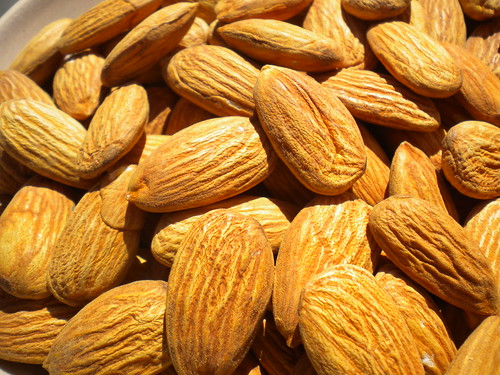Welcome to JJC’s Economics Home-based Learning Exercise (HBLE)!
PLEASE READ THE FOLLOWING INSTRUCTIONS CAREFULLY.
-
This exercise is worth 20 marks and makes up 5% of your Economics grade for the year. Thus, you are required to take this exercise seriously.
- Complete both Section A and B
-
You are expected to complete the assignment on writing paper.
-
Please copy the questions on the writing paper as well.
-
Submit your written work to your tutor’s pigeonhole by 21rd March 2016, 12pm
-
Late submissions will result in the deduction of marks
Section A: Short Answer Questions
Watch the following video titled “Singapore Primary and Secondary Schools closed for haze” and the article and then answer the questions that follow.
Video: http://video.cnbc.com/gallery/?video=3000424972
Article: more-firms-on-board-for-haze-free-declaration
- With the help of a diagram, use demand and supply analysis to explain how the action by Singapore Environmental Council to get supermarkets to withdraw Asia Pulp and Paper Group (APP) products off shelves and the campaign against such products would affect the equilibrium price and quantity of these APP products in Singapore. [6]
2. Assuming that the palm oil prices in Indonesia has fallen, explain how this will affect the resource allocation of the land owners between palm trees and food crops. [2]
Section B: Case Study
2015 marked the end of the Government’s Research, Innovation and Enterprise (RIE) 2015 plan, the latest of a series of five-year public investment plans in research and innovation.
Starting with the National Technology Plan 1995, the Government has steadily increased funding to help drive the R&D sector. Under RIE2015, a total of S$16.1 billion was allocated to establish Singapore as a global research and development (R&D) hub.
The RIE2015 tranche saw the growth of research partnerships between public and private sector organisations, resulting in industry collaborations such as the LUX Photonics Consortium and the Singapore Gastric Cancer Consortium.
The tranche also saw Singapore become a friendlier place for more entrepreneurship, with Singapore ranking first in Asia, according to the Global Start-up Ecosystem Report 2015.
Aside from RIE 2015, the Singapore government also introduced the Skills Future Credit Scheme that will start in 2016. Under this scheme, Singaporeans aged 25 and above will get S$500 which they can use to pay for about 10,000 courses across all key industries. The Government will also make subsequent top-ups periodically.
The 10,000 courses include those subsidised or approved by the Singapore Workforce Development Agency (WDA), as well as selected courses offered by tertiary institutions here. These include Institutes of Technical Education, polytechnics, autonomous universities, SIM University, LASALLE College of the Arts and Nanyang Academy of Fine Arts. These courses will help to increase the productivity of the workforce and instill lifelong learning value to the population.
Sources: Adapted from Channel News Asia, 6 Jan 2016 and 7 Nov 2016
- Explain the opportunity cost of implementing the Skills Future Credit Scheme to the Singapore government. [2]
- With the aid of a diagram, explain how Singapore’s Production Possibility Curve (PPC) will be affected by
i) RIE 2015 Plan
ii) Skills Future Credit Scheme [5]
3. Imagine that you are a profit-driven entrepreneur and you are deciding if you should enter the market to provide upgrading courses/ WSQ (Workforce Skills Qualification) courses in Singapore. Explain some revenue and cost considerations before you decide to enter the market. [5]
Please complete the survey: https://goo.gl/FaJp6t
-End of HBLE-


